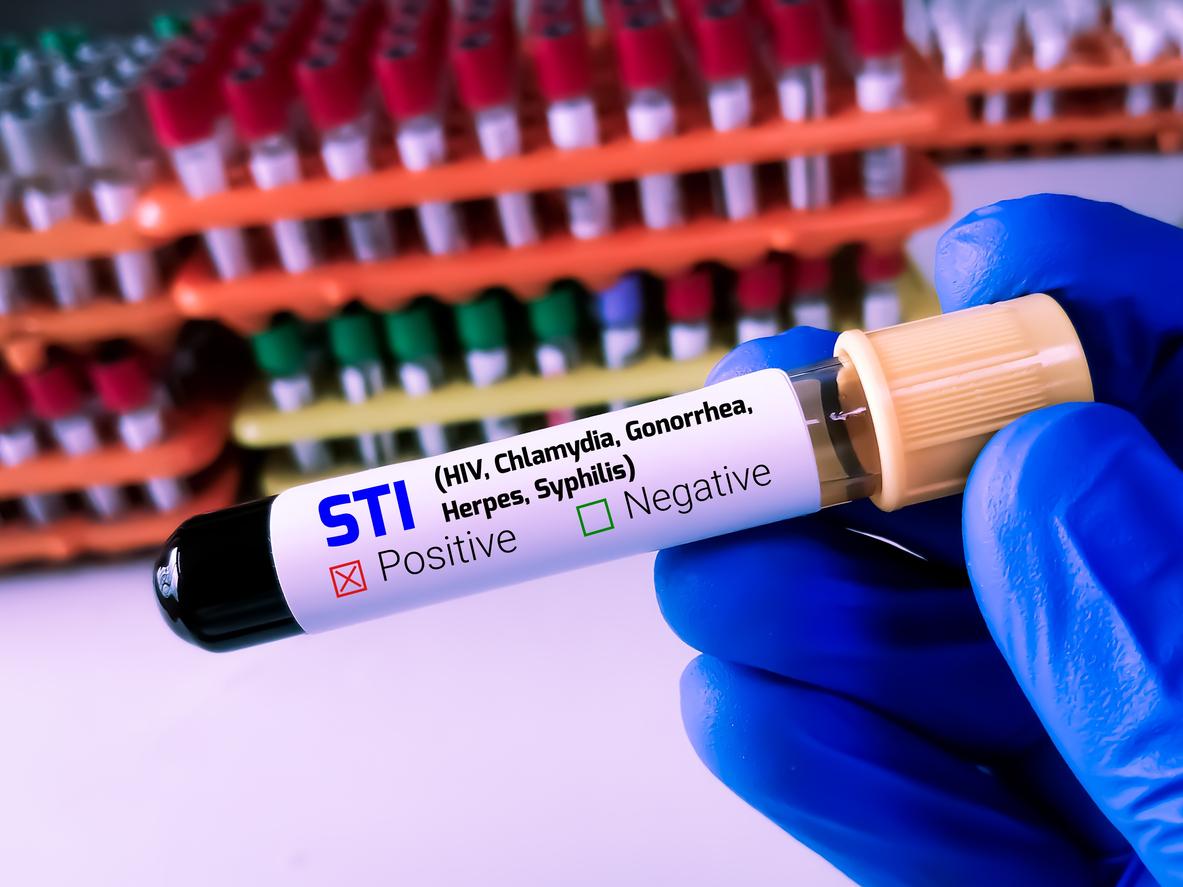After exposure to the beach, you discover on your skin small white, pink or brunettes located on the chest, shoulders, neck or back. It may be Pityriasis versicolor, a mycosisbenign due to a fungus present in the natural commensal flora on the skin: Malessezia furfur. Little known, Pityriasis versicolor is actually a very common skin condition in summer. Heat, perspiration and the use of sunscreen create an environment conducive to the proliferation of this yeast, which appreciates acidic environments and therefore areas rich in seborrhea in young adults in particular.
This disease is not contagious and manifests itself only by unsightly rashes that can sometimes be itchy.
How to Diagnose Pityriasis Versicolor
To diagnose Pityriasis versicolor, it is advisable to consult a dermatologist. This performs a test with tape that he applies to the stains. It makes it possible to check during a microscopic examination the possible presence of spores and filaments characteristic of the “mushroom of summer”.
How to treat yeast infection
If Pityriasis versicolor is diagnosed, local antifungal treatment such as selenium sulfide, intended to treat infections caused by fungi, will be prescribed to the patient. The generally foaming product should be applied to the entire surface of the body.
It should be noted that recurrences are frequent because of the difficulty in distinguishing certain invisible foci on the body. In nearly 90%, the mycosis can reappear within 2 years after the first infection, specifies the Huffington Post. In this case, a maintenance treatment over several months will be recommended.
Read also
Mycosis of the feet: what if we changed our diet?
Vaginal mycosis: how to avoid and treat it?
Warts: 5 ways to remove them

















